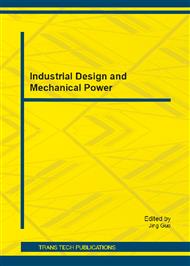p.97
p.101
p.105
p.109
p.113
p.119
p.123
p.128
p.133
The Exploration of Evaluation Method about the Driving Electromotor Acoustic Comfort of the Pure Electric Vehicles
Abstract:
The driving electromotor noise of a pure electric bus was taken as the evaluation object in this paper. The noise signals were gathered by dual channels and to simulating human auditory by synthetic stereo, and were processed into a series of noise samples for human subjective testing generated according to the 3dB differential progressive attenuation of noise sound pressure level. Then the author investigated the human body comfort/discomfort subjective feelings under various noise samples through the high fidelity audio playback, described the subjective feelings with ‘descriptor’, and quantified the subjective feelings with scores at the same time. On this basis, the correlation of subjective feelings between acoustic comfort and discomfort were revealed, and the noise sample sets corresponding with comfort feeling were found out. Based on these, an evaluation method of electromotor acoustic comfort was established.
Info:
Periodical:
Pages:
113-118
Citation:
Online since:
November 2012
Authors:
Price:
Сopyright:
© 2012 Trans Tech Publications Ltd. All Rights Reserved
Share:
Citation:


